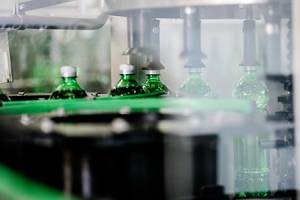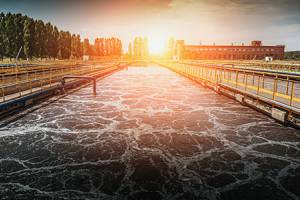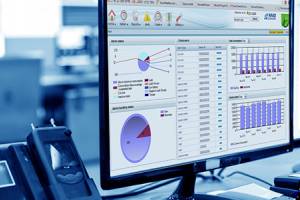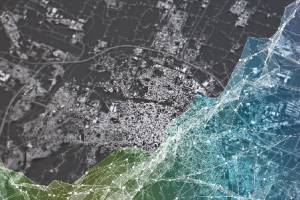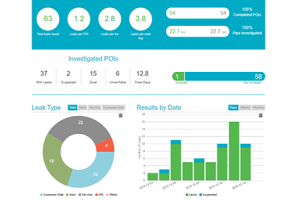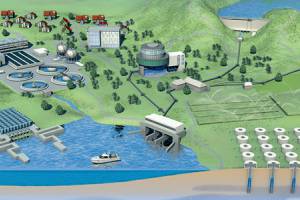Ultrafiltration
- Water technologies >
- Technological engineering >
- Drinking water purification >
- Ultrafiltration
Ultrafiltration
For drinking water, ultrafiltration is useful. Microfiltration, which was a very interesting technology in its time, has become uninteresting due to the developments and advancement in the field of ultrafiltration.
Reverse osmosis is widespread in the processes of boron removal and desalination – the treatment of seawater to make drinking water. It is geographically linked to areas where there is a lack of fresh water resources.
Physical filtration with a membrane
Ultrafiltration is a physical filtration with a membrane with a pore size of 0.02 µm (nominal) or 0.03 µm (maximum). This allows all insoluble matter larger than the pore size to be removed. This includes 99.99% of viruses and 99.9999% of bacteria, but unfortunately it does not include pesticides.
No electrochemical interactions occur between membranes and substances in water, which means that the water is chemically unchanged. Membrane filtration ensures water to be constantly safe as the deposition of material on the membranes only reduces the membranes' permeability and not their ability to remove unwanted substances.
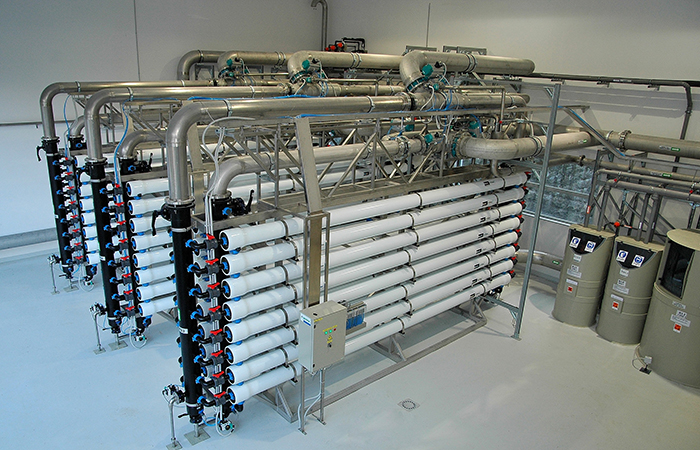
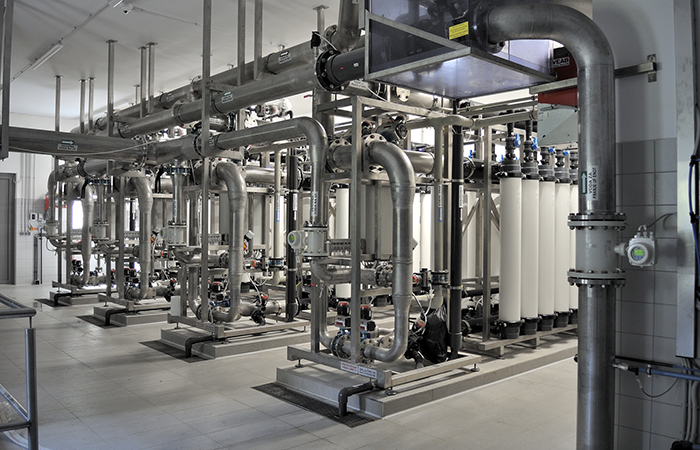
Requirements
Ultrafiltration devices require power supply to operate, which sometimes presents a minor challenge, as catchment locations are usually located away from the infrastructure. Despite the complete automation of the device, we need to provide adequate remote access to the control computer for continuous control and management.
For ultrafiltration also requires a reservoir, a chemical storage facility and wastewater treatment equipment for the operation. The flow through ultrafiltration is enabled by the inlet pressure which is reached by gravity or, if necessary, by the pump.
Portal - podstran 1911
Contact us
Together we can find a solution



